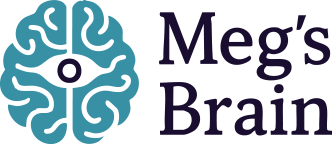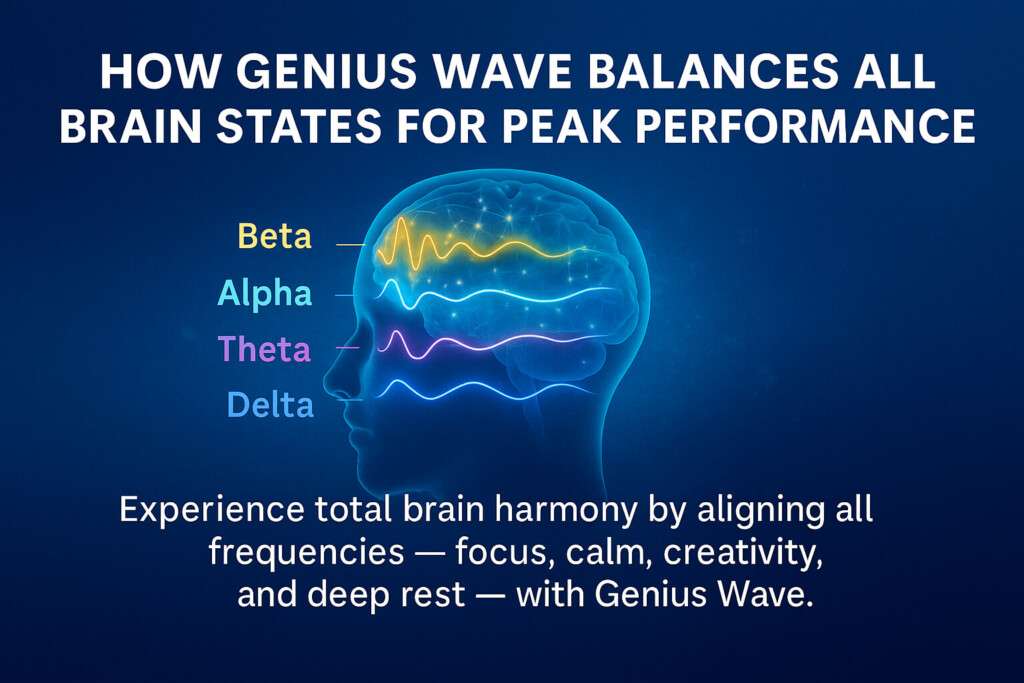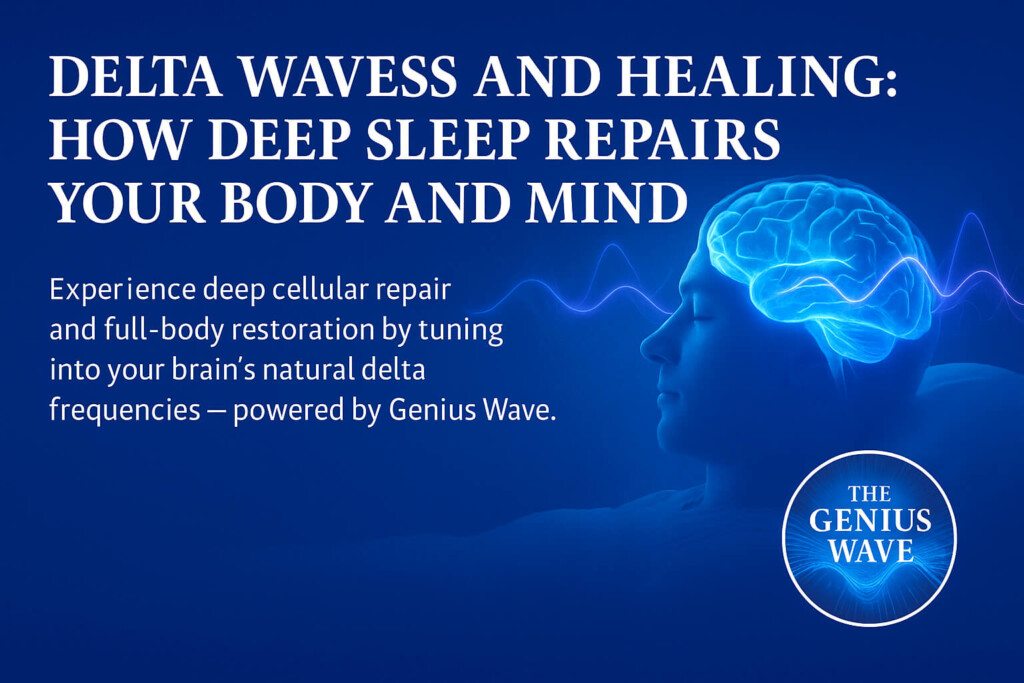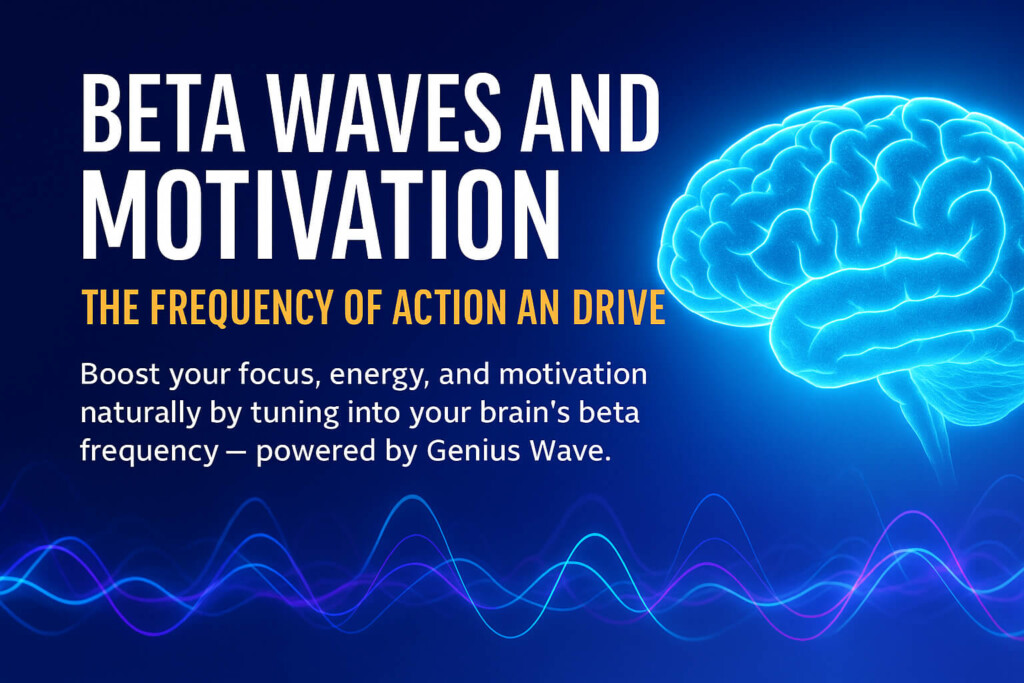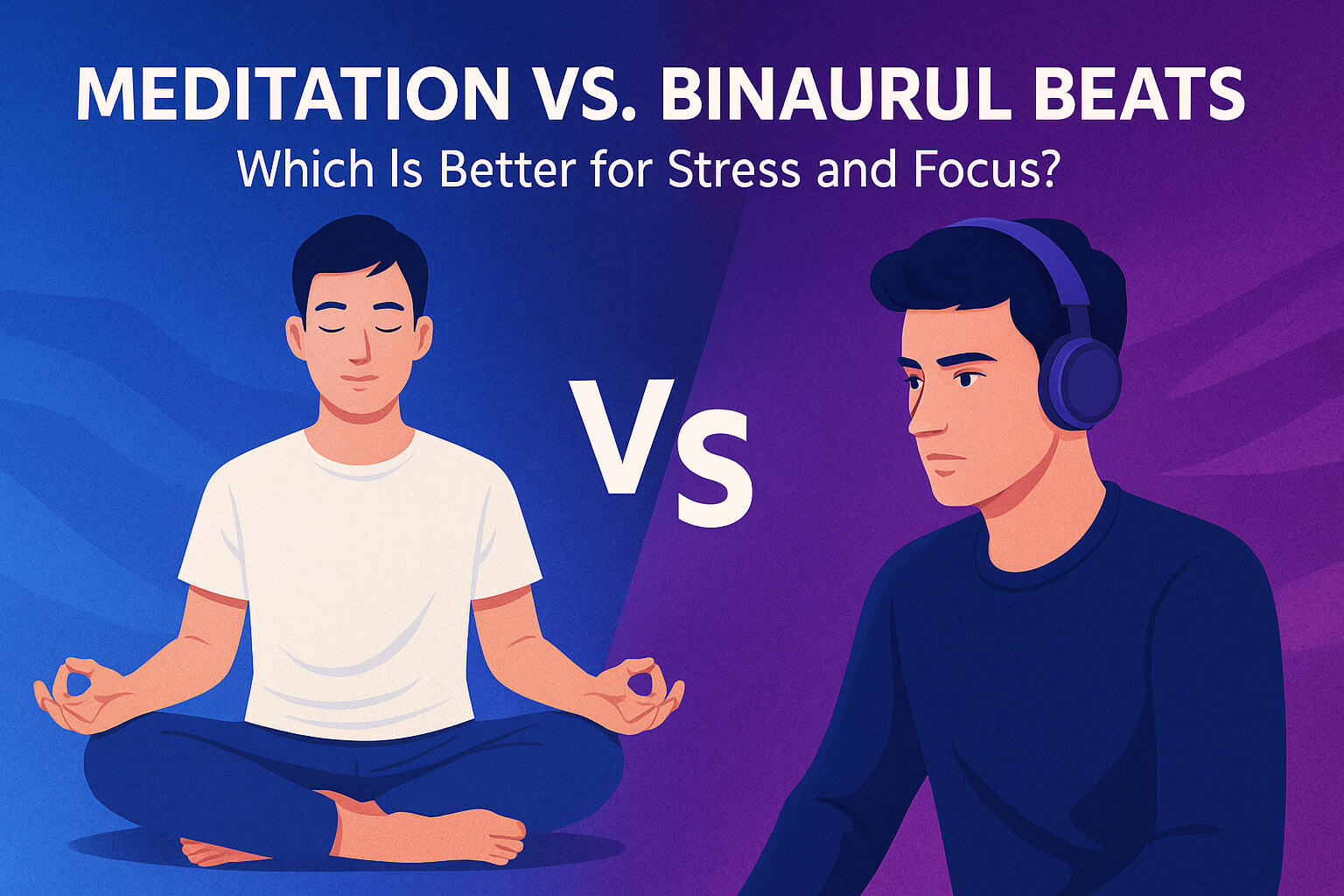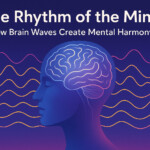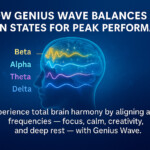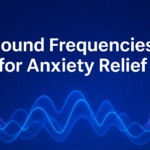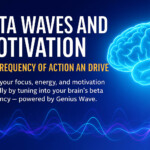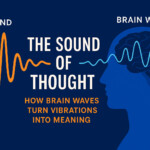Now Reading: Binaural Beats for Pain Relief: Can Sound Frequencies Ease Chronic Pain?
- 01
Binaural Beats for Pain Relief: Can Sound Frequencies Ease Chronic Pain?
Binaural Beats for Pain Relief: Can Sound Frequencies Ease Chronic Pain?
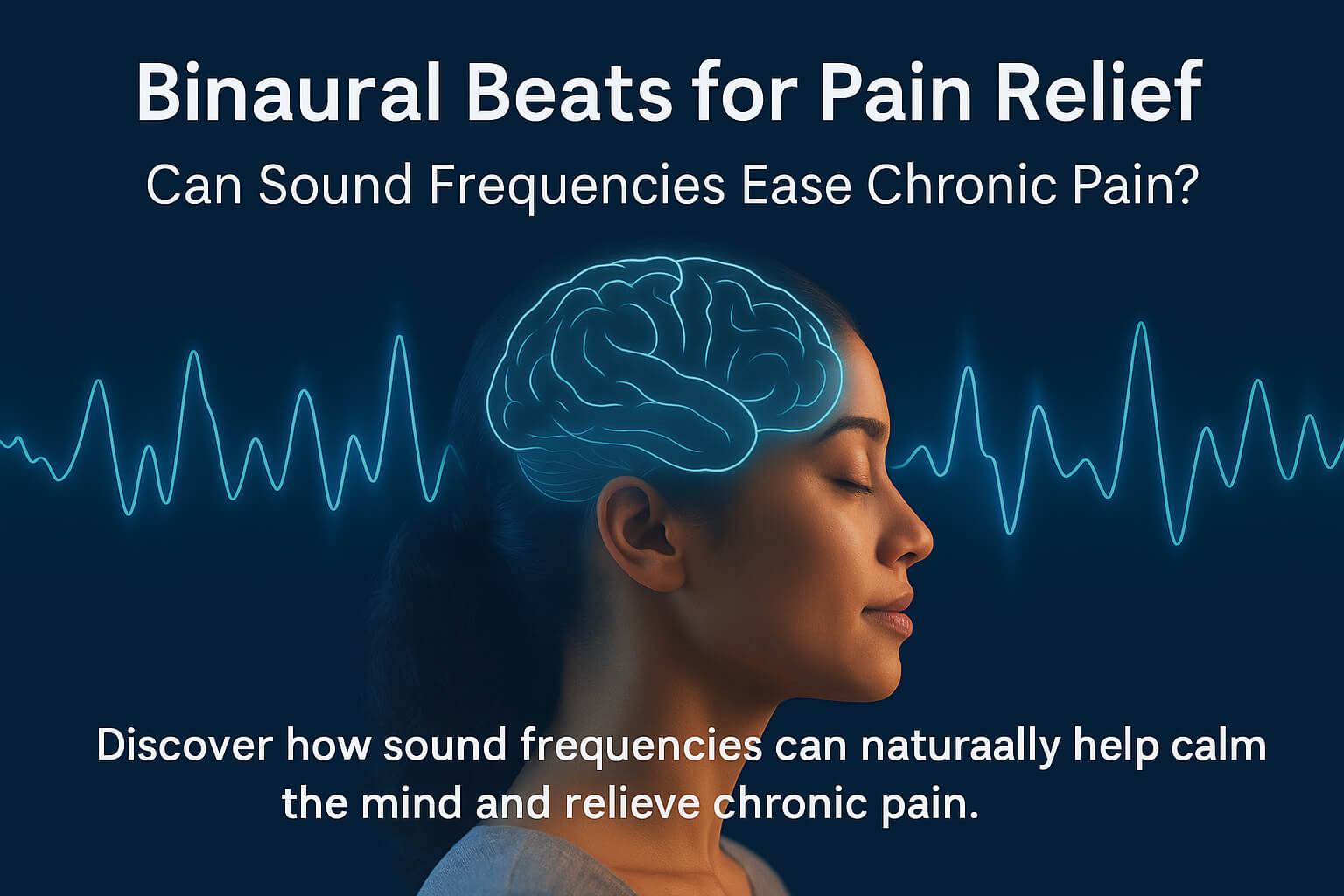
Introduction
Pain isn’t just physical — it’s a complex brain response.
Modern neuroscience has revealed that chronic pain can be reduced not only with medication but also by changing the brain’s perception of discomfort.
That’s where binaural beats come in.
These sound frequencies influence how the brain interprets pain, guiding it toward calm and release instead of tension and alertness.
The Science Behind Pain and Brainwaves
When you experience pain, your brain’s beta waves spike, signaling stress and alertness.
Long-term pain keeps this loop active, training the nervous system to remain hypervigilant.
Listening to binaural beats in alpha (8–12 Hz) or theta (4–7 Hz) ranges helps your brain slow down.
These frequencies are linked to relaxation, meditative calm, and the body’s natural healing mechanisms.
Research from Frontiers in Human Neuroscience shows that audio-driven entrainment can reduce perceived pain intensity and help the brain reframe pain signals.
How Binaural Beats Help Manage Chronic Pain
Reduces Stress Response:
Sound entrainment lowers cortisol and eases emotional distress linked to chronic pain.Enhances Parasympathetic Activity:
It activates the body’s rest-and-repair mode — lowering heart rate and tension.Improves Emotional Resilience:
By calming neural overactivity, binaural beats promote balance between body and mind.
Frequency Ranges That Support Pain Relief
Delta (1–4 Hz): Deep relaxation, physical recovery, and sleep regulation
Theta (4–7 Hz): Emotional healing and meditative release
Alpha (8–12 Hz): Calm focus and reduced anxiety
Low Beta (13–15 Hz): Gentle alertness without pain-related stress
By choosing sessions that use these ranges, your brain begins to associate safety and peace with sound — helping reverse pain-conditioning patterns.
Complementing Sound Therapy with Mindful Practice
To amplify results:
Listen to 10–15 minutes daily in a quiet space
Practice slow breathing to deepen entrainment
Avoid distractions during listening
Combining this with light stretching or meditation boosts blood flow and neural relaxation.
Conclusion
Binaural beats offer a promising, natural path for those seeking pain relief without side effects.
By shifting brainwave activity, they reduce tension, promote healing, and restore inner calm.
Your mind can relearn how to feel safe in the absence of pain — sound just helps it remember how.
